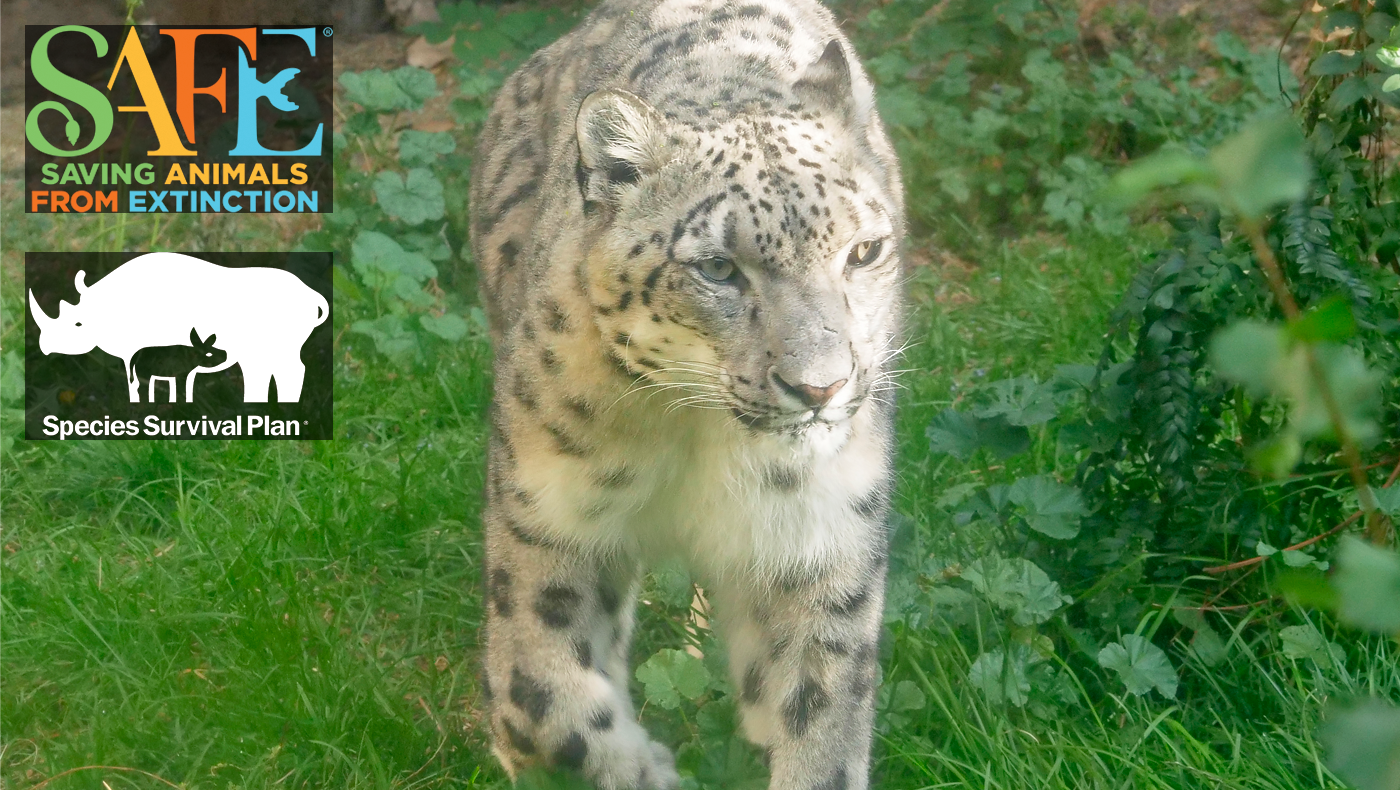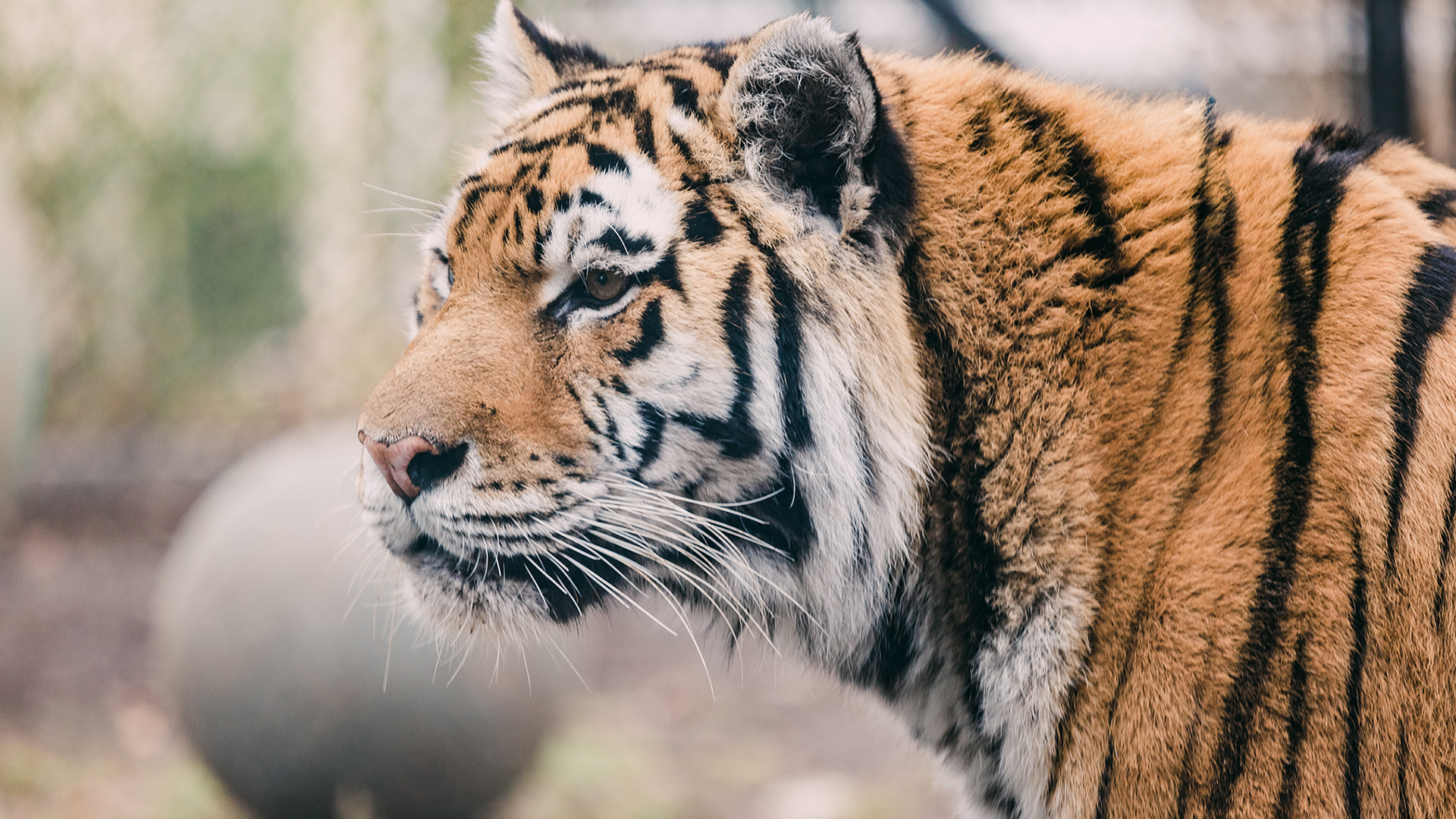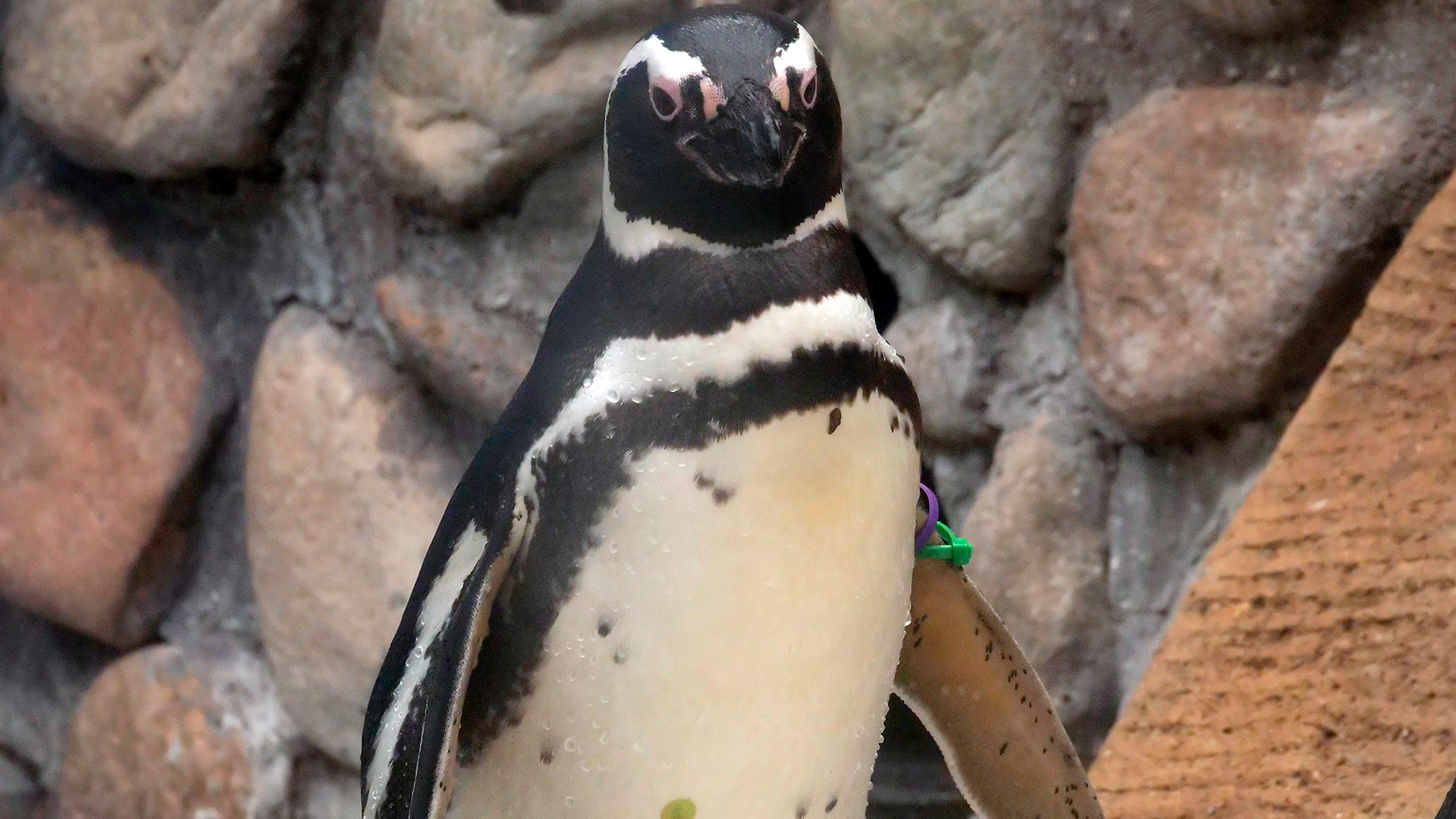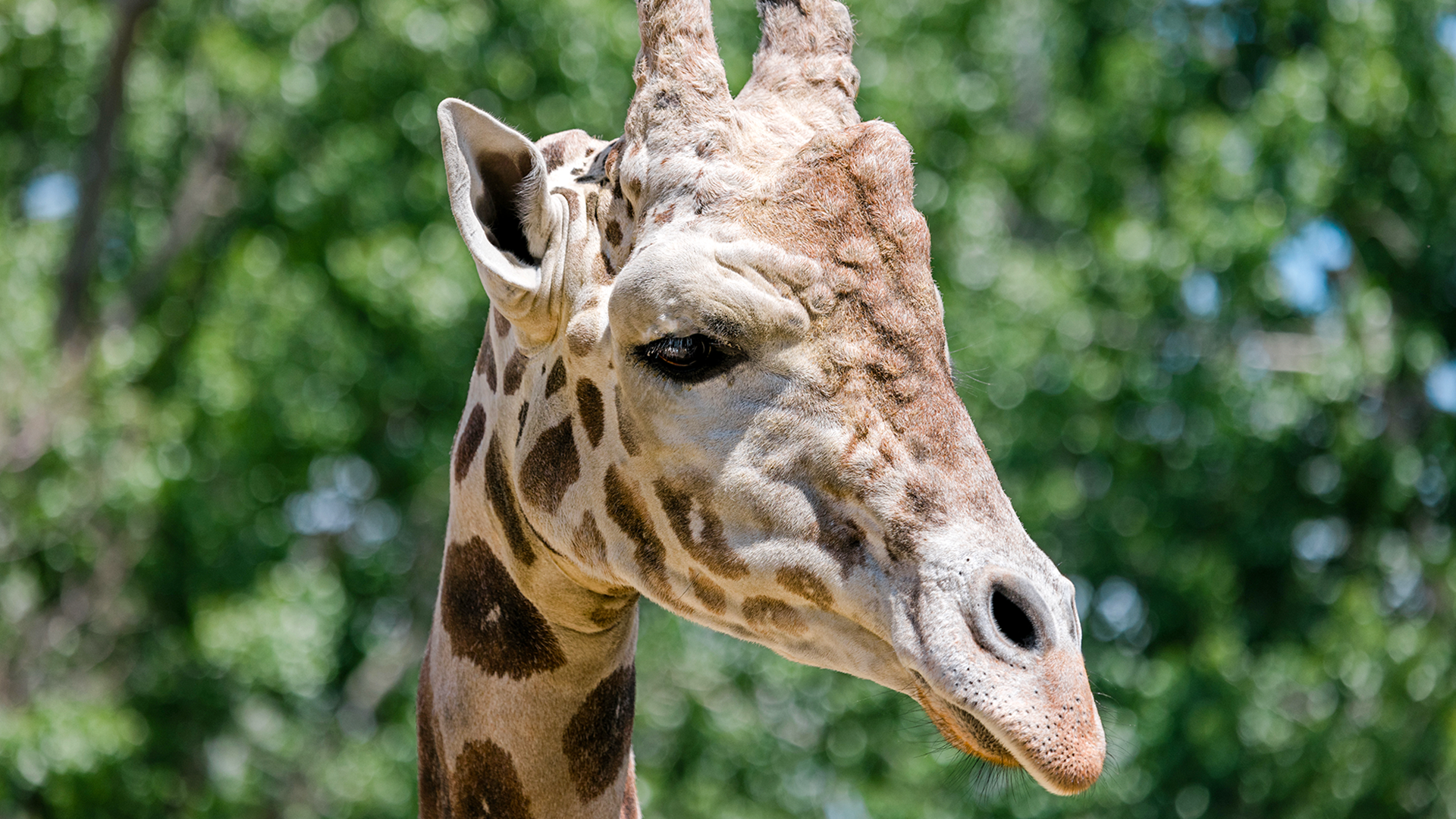Nicknamed the “ghost cat” or “ghost of the mountains”
Snow leopards are known for being very difficult to see and study due to their elusiveness and beautiful coat that blends seamlessly with the rocky terrain they inhabit. (Did you know: Snow leopards can’t roar. They purr, growl, or yowl instead.)




